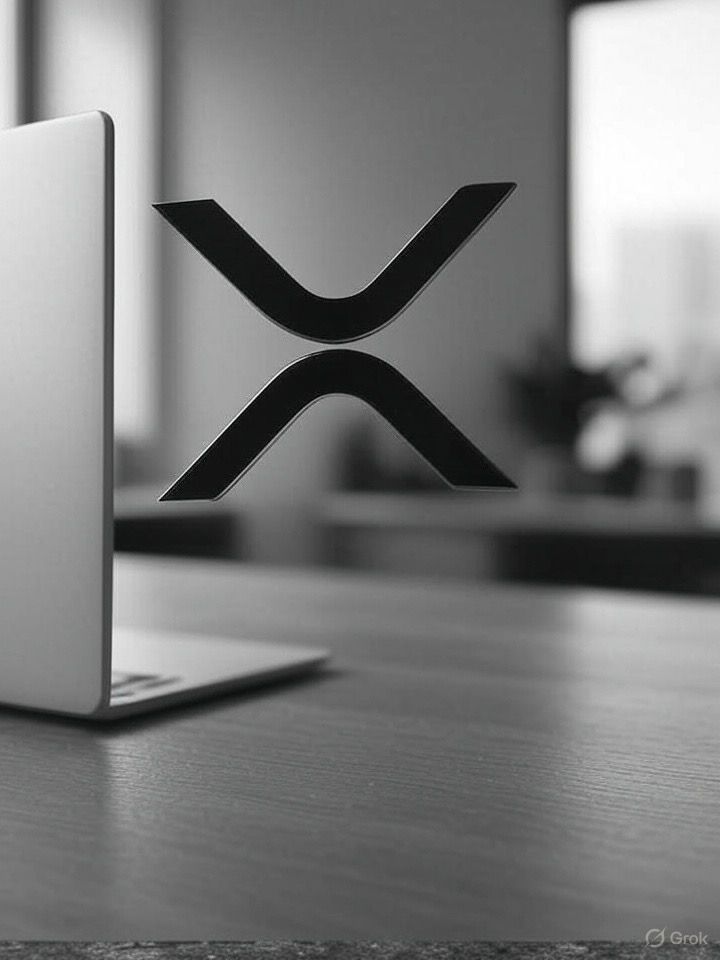Ripple, often synonymous with its cryptocurrency XRP, is perceived as a cryptocurrency aligned with the establishment, garnering early support from high-profile figures such as Hollywood actor Ashton Kutcher, renowned for his role in the film Dude, Where’s My Car?. This celebrity endorsement lent Ripple an aura of mainstream credibility in its formative years, distinguishing it from other cryptocurrencies that emerged in the shadow of Bitcoin.
The XRP cryptocurrency operates on the XRP Ledger, a global payment protocol established in 2012. Ripple’s vision was to position itself as a bridge between centralised financial systems and the decentralised ethos of blockchain technology. By offering a platform for low-cost, borderless transactions, Ripple aimed to capture a niche in the financial market, addressing the growing demand for efficient cross-border payments with reduced fees through decentralisation. Unlike fully decentralised cryptocurrencies such as Bitcoin, Ripple’s infrastructure allows for a degree of centralised control, enabling faster transaction processing and partnerships with traditional financial institutions.

Market Trajectory
Ripple has experienced a predominantly upward trajectory since its inception, though not without challenges. The XRP Ledger’s ability to facilitate rapid, cost-effective transactions has attracted significant interest from banks and payment providers worldwide. Partnerships with major financial institutions, such as Santander and Standard Chartered, have bolstered Ripple’s reputation as a viable solution for international money transfers.
Conclusion
Ripple XRP occupies a unique position as a hybrid between centralised control and decentralised utility, offering a practical solution for financial institutions seeking to leverage blockchain technology. However, the rise of stablecoins, cryptocurrencies pegged to fiat currencies like the US dollar has diminished Ripple’s once-distinctive edge. Central Bank Digital Currencies (CBDCs), which could have been an ideal use case for the XRP Ledger, have instead gravitated towards stablecoin frameworks, particularly in pro-stablecoin jurisdictions like the United States. This shift has prevented Ripple from fully capitalising on its potential to dominate the digital currency landscape. Nevertheless, Ripple’s established infrastructure and ongoing partnerships ensure it remains a significant player, even if it has not secured the proverbial “golden ticket” in the evolving world of digital finance.
